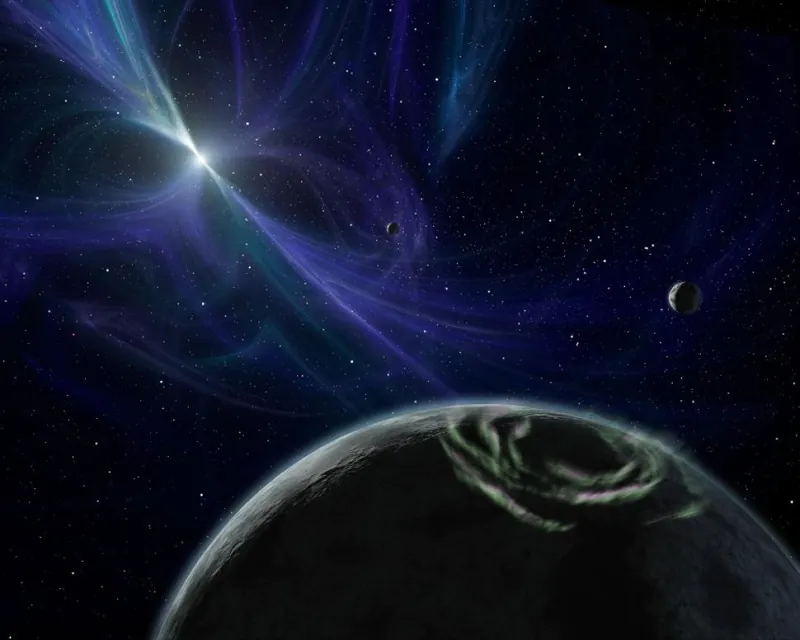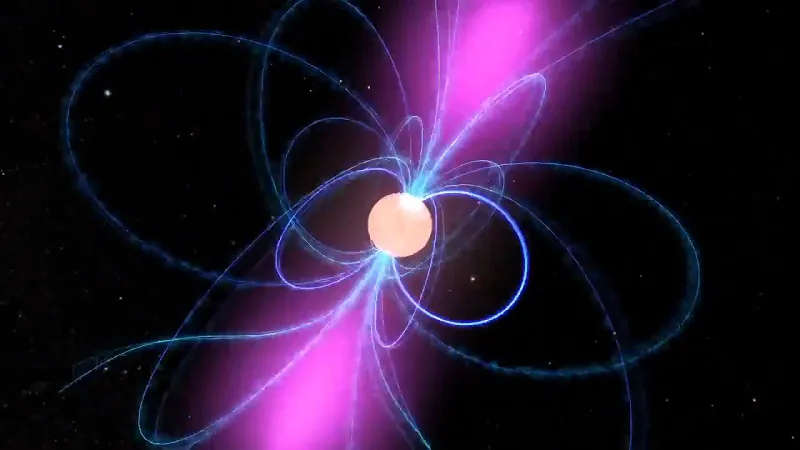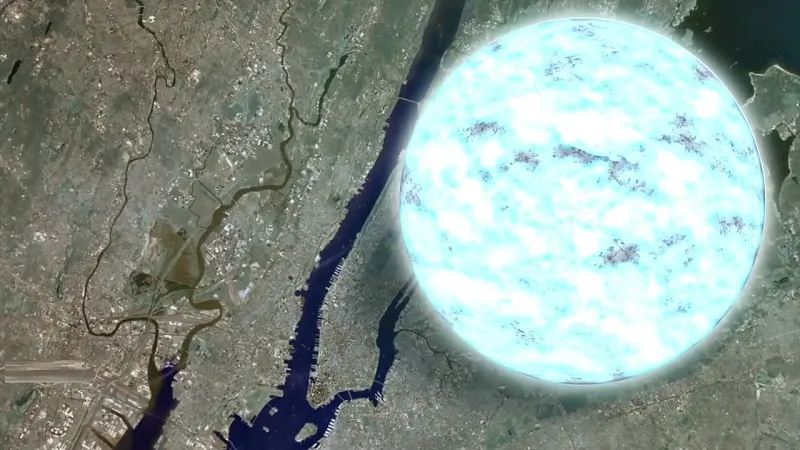© ROOT-NATION.com - Use of content is permitted with a backlink.
30 years ago, astronomers Alex Wolszczan and Dale Frail discovered a planet with a mass similar to that of Earth, which they named PSR B1257+12B. What made this planet interesting was that it orbited an exotic type of dead star called a pulsar. As it turned out later, two more planets revolved around the pulsar PSR B1257+12.

What was surprising about this discovery? The largest ever study of pulsars has shown that these dead stars rarely have Earth-like satellites. The fact is that the pulsar rotates every 6.22 milliseconds, or about 161 times per second, raining intense streams of deadly radiation on its satellites.

Over the past 50 years, about 800 pulsars have been studied, and only 0.5% of the studied objects were found to have planets with Earth-like masses. Another question that worries scientists is how these planets survive near pulsars. After all, a pulsar is a star that survived the explosion, that is, became a supernova, leaving behind a neutron star with a mass similar to the mass of the Sun, in a radius similar to the radius of an average city on Earth.
Neutron stars or Pulsars consist of the densest known substance in the universe: just one teaspoon of this substance would weigh 3.6 trillion kg.

Astronomers haven’t found enough evidence to say that the planets around the pulsars have similar masses and rotation periods, but they do seem to have something in common: the exoplanets around the pulsars they’ve studied have elliptical orbits, unlike the nearly circular orbits of the planets in the Solar System. This may indicate that, however planets form around pulsars, these processes are different from the mechanism that led to the formation of planets in the Solar System.
You can also help Ukraine fight with Russian occupants via Savelife or via an official page of the National Bank of Ukraine.
- The brightest pulsar was found in the Great Magellanic Cloud
- 2.2 million km/h – the speed of the fastest object in space


